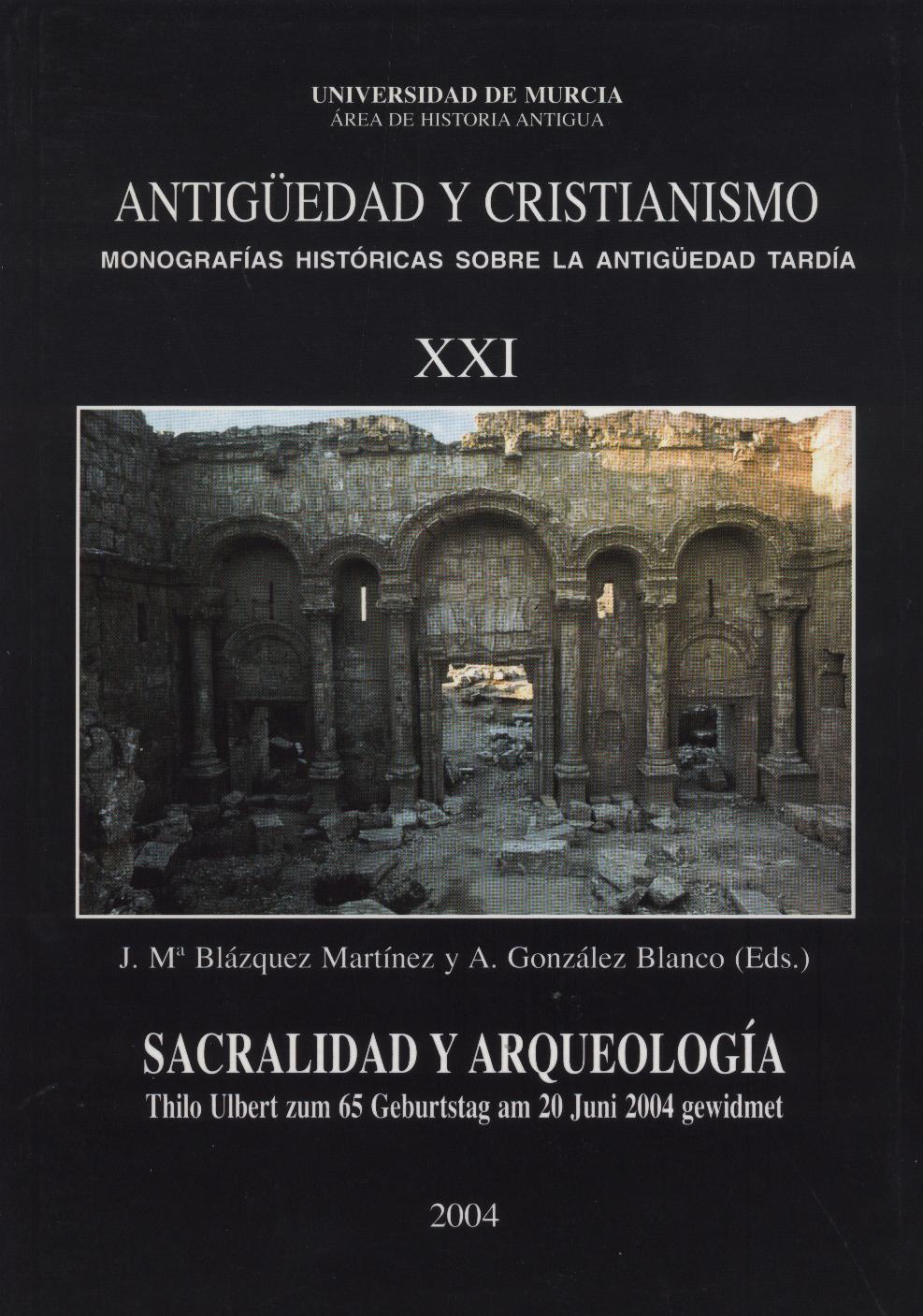Das Theater in Kanatha: Funktion und Bedeutung
Abstract
El pequeño teatro en la ribera oriental del Wadi, estaba situado fuera del asentamiento de Kanatha. El edificio original se levantó en el contexto de una nueva planificación de la ciudad en la segunda mitad del siglo 1 a. C. Al final del siglo II tuvieron lugar trabajos de restauración muy amplios. De esta época procede la inscripción fundacional griega situada en la diadema de la orchestra. Según el texto financió el edificio con su dinero personal el presidente del consejo de gobierno de la ciudad, un indígena con ciudadanía romana, llamado Marco Ulpio Lysias. Un antiguo canal de agua traía agua al teatro desde un ninfeo situado a 70 metros al sur, atravesaba por debajo de tierra el zócalo del escenario y pasando el wadi conducía a las termas situadas en la ciudad, al noroeste. Los tres edificios, el ninfeo, el teatro y las termas estaban estrechamente unidos funcionalmente con el sistema de traída y distribución del agua, que se llevó a cabo en relación con el nuevo plan de urbanización en la segunda mitad del siglo I a. C. La unión del teatro con el ninfeo hace suponer una utilización ritual del lugar en los días de fiesta. Además la aportación del presidente del consejo de gobierno urbano hace probable la idea de que el pequeño edificio del teatro se utilizara de hecho como lugar de reunión ordinaria del consejo de gobierno municipal.
Downloads
1. The authors non-exclusively assign the exploitation rights (reproduction, distribution, communication and transformation) to the magazine.
2. The works published in this magazine are subject to the Attribution-ShareAlike 4.0 International license (CC By SA 4.0). Therefore, they can be copied, used, disseminated, transmitted and publicly displayed, provided that:
i) the authorship and the original source of its publication (journal, editorial and URL of the work) are cited, thus allowing its recognition.
ii) it is allowed to remix, transform or create from the material while maintaining the same license as the original.
Note: Articles prior to 2022 incorrectly display the CC by SA license in the abstract page. They are under a CC by NC ND license as embedded in the article pdfs. Articles published in 2022 and after are under the CC by SA license.

3. Self-archiving conditions. Authors are allowed and encouraged to electronically disseminate the pre-print (version before being evaluated) and/or post-print (version evaluated and accepted for publication) versions of their works before publication, as it favors their publication. Earlier circulation and diffusion and with it a possible increase in its citation and reach among the academic community. Color RoMEO: verde.























